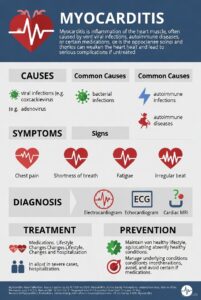-
-
-
- Age-specific guidelines for preparation
- Infant: Developing trust and sensorimotor thought
- Attachment to Parent
- Involve parent in procedure if desired.
- Keep parent in infant’s line of vision.
- If parent is unable to be with infant, place familiar object with infant (e.g., stuffed toy).
- Stranger Anxiety
- Have usual caregivers perform or assist with procedure.
- Make advances slowly and in a nonthreatening manner.
- Limit number of strangers entering room during procedure.
- Sensorimotor Phase of Learning
- During procedure, use sensory soothing measures (e.g., stroking skin, talking softly, giving pacifier).
- Use analgesics (e.g., topical anesthetic, intravenous [IV] opioid) to control discomfort.
- Cuddle and hug infant after stressful procedure; encourage parent to comfort infant.
- Increased Muscle Control
- Expect older infants to resist.
- Restrain adequately.
- Keep harmful objects out of reach.
- Memory for Past Experiences
- Realize that older infants may associate objects, places, or people with prior painful experiences and will cry and resist at the sight of them
- Keep frightening objects out of view.
- Perform painful procedures in a separate room, not in crib (or bed).
- Use nonintrusive procedures whenever possible (e.g., axillary or tympanic temperatures, oral medications).
- Imitation of Gestures
- Model desired behavior (e.g., opening mouth).
- Attachment to Parent
- Infant: Developing trust and sensorimotor thought
- Age-specific guidelines for preparation
-
-

Reduce Your Risk from Respiratory Viruses This Holiday Season
November 20, 2024, 12:30 PM EST For Everyone NOV. 20, 2024 WHAT TO KNOW Flu, COVID-19, and RSV illnesses are at low levels right now



